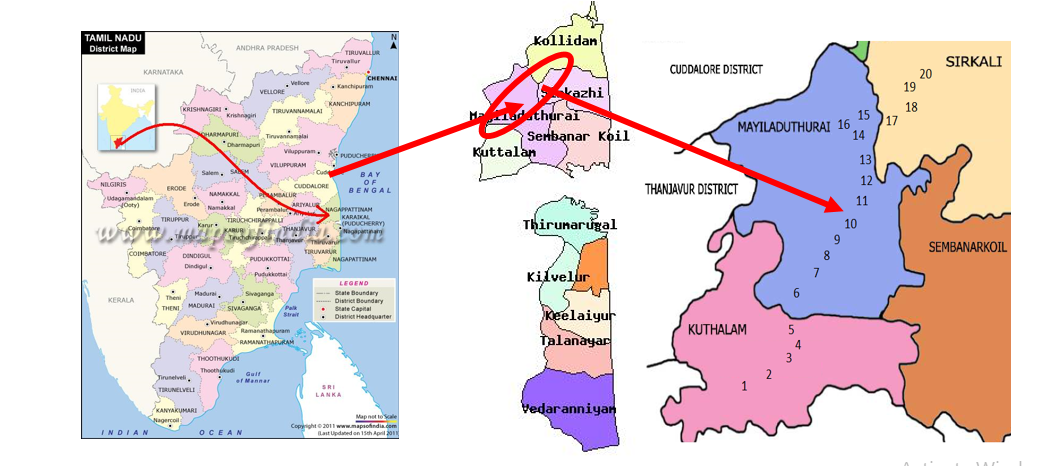Pollution Status of Groundwater Resources Through Hydrochemical Characteristics - A Case Study From Southern India
Keywords:
Mayiladuthurai district, Physicochemical parameters, BIS & WHO standards, Frequency histogramAbstract
Mayiladuthurai is situated on the banks of river Cauveri. This research work aims to determine the quality of water which were collected from twenty groundwater sources. From the identified twenty locations, water samples were collected. The sampling stations include three taluks in the Mayiladuthurai district. The samples were analysed for various physicochemical qualities of water and compared with BIS & WHO standards. Frequency histogram and statistical analysis were applied to analyse the obtained data. Results of hydrochemistry revealed the dominance of hardness, magnesium and fluoride ions. The present investigation of hydrochemistry concludes that the drinking nature of the analyzed samples was very weak quality-wise and could not be used for drinking as such. Besides, fluoride ion related health problems were raised in some packets of the study area. The analytical report reveals that the quality of water has deteriorated and this may have a severe impact on human beings and other organisms in the study area.

Published
How to Cite
Issue
Section
Copyright (c) 2022 S. Ponsadai Lakshmi, R. Deepa, S. Ganapathy Sankari, M. Jeyachandran

This work is licensed under a Creative Commons Attribution 4.0 International License.





